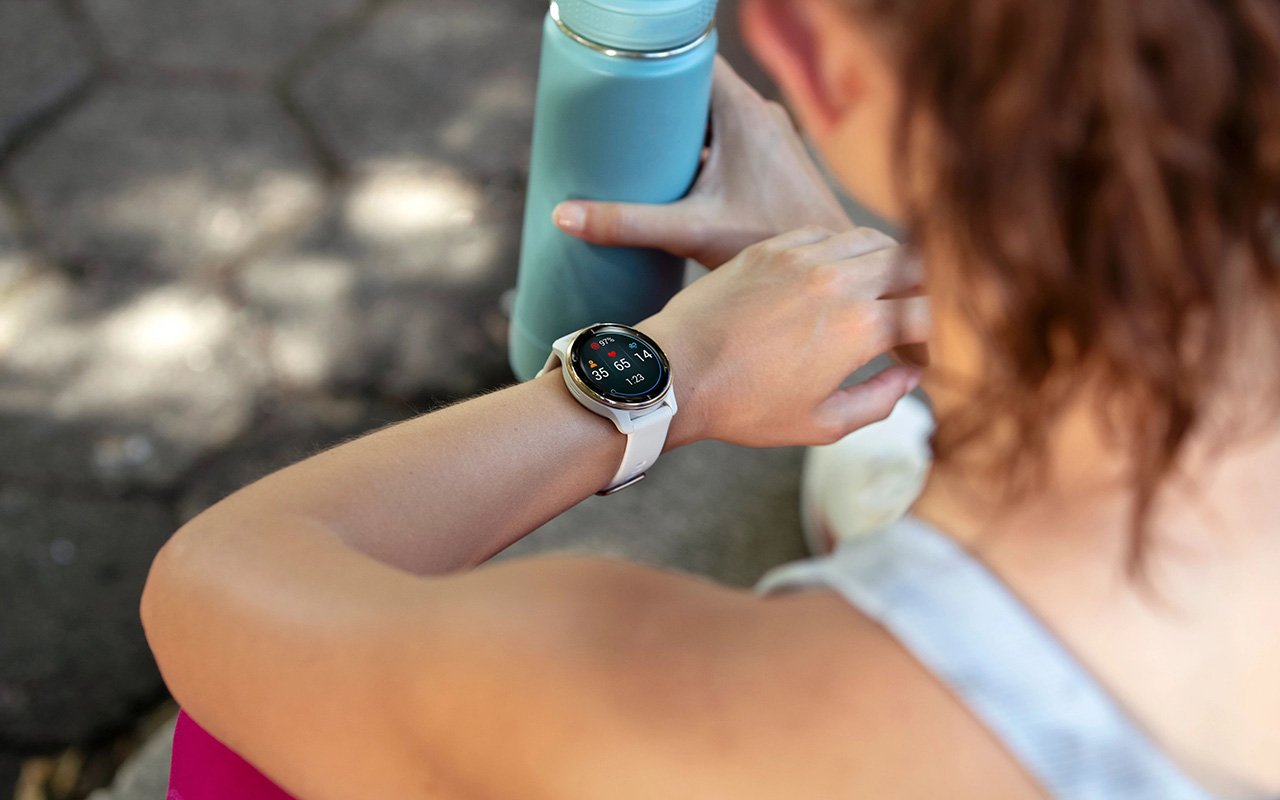
Ask the Expert: What Is Training Load? And How Can It Help Me?
By Herman Bonner, Communications Specialist, Firstbeat
Physiologists, sports scientists and trainers have long used training load monitoring as a frontline tool to help elite athletes efficiently maximize their potential and minimize injury risks. In recent years, the ability to record the impact of your activities has become increasingly available with GPS training watches, smartwatches, cycling computers and other fitness devices.
In this interview, physiologist Aki Pulkkinen, M.Sc., Firstbeat co-founder and current head of consumer products, explains the background of training load and how the insight it provides can help you reach your own personal fitness and performance goals.
What exactly is training load and what is it measuring?
A fundamental principle of exercise is that physical activity strains your body, your body recovers from the stress of exercise and then it comes back stronger. What training load allows you to see and track the amount of strain placed on your body as a result of your recorded activities over time. The ultimate goal and real opportunity here is the possibility of better, more scientific load management strategies at every level and at every stage of your training career. It’s about being able to train harder and pushing yourself to the limit, confident that you aren’t going over the edge or past the point of productive effort.
A big challenge toward quantifying physical activity in a meaningful way is the fact that the workouts you do have different durations, intensity levels vary from one moment to the next and you can exercise via different modalities. You can run. You can cycle, swim, or whatever. The possibilities are practically endless. The fact that training load reveals the real impact your activities have on you, regardless of the structure of your workout or the type exercise you are doing, makes it a very effective tool for providing insight into training process.
So how do you measure the impact of an activity? What’s the science in play?
The training load data that you get from your device is based on mathematical modeling of heart rate and other performance data to plot the accumulation of a physiological measure called EPOC. For those who might be unfamiliar, EPOC is an acronym for excess post-exercise oxygen consumption. It’s the amount of oxygen your body will utilize after a challenging performance to restore itself and return to its normal, balanced resting condition. EPOC is generally accepted as the best way to measure the degree of homeostasis disturbance produced by your activities.
To put it another way, it accurately reflects the amount of stress placed on your body from exercise. So that’s the scientific basis of your training load feedback.
Why is training load important to individual athletes like runners? How would I use that information to change my routines and training activities?
The ability to quantify the activities in terms of the amount of strain placed on your body opens the possibility of truly personalized training guidance and feedback.
A major advantage of seeing the load or impact of from all your various activities in a single place is that you can make sure you are active enough and challenging yourself appropriately. If you exercise too much, you will become excessively fatigued, which is counterproductive, and it increases injury risk and can eventually lead to overtraining syndrome. And obviously if you aren’t working hard enough, then you won’t improve.
At the start of a new training program, coming back from a break or returning from injury, you can work your way up to heavier workloads in a smarter way, safely applying incrementally larger loads over time. It’s one less thing to worry about, and it offers the perfect perspective for seeing progress, with a steady lens for understanding and interpreting how you feel along the way.
What kind of numbers should I be trying to hit for my weekly training load?
Your watch gives you a number that is your weekly training load, and it’s nice to have a number that you can follow. Perhaps more importantly, your watch also shows a dial gauge so that you can see your current load relative to where you should be. The optimal range for training load is in the middle. If you are on the right of that you are too high, and on the left then your load is too light.
You can always see where you are now and adjust accordingly. When you see that you are pushing toward the upper limit your optimal range, you know that pushing yourself any harder would likely be counterproductive. If you slide down toward the lower end of the optimal zone and you can see that it’s time for a bigger challenge.

If you watch the optimal range for your training load carefully, you will notice that as your [VO2 max] fitness improves, the optimal range tilts to the right. This means that your fitness level has increased and now you can tolerate a greater training stress. More specifically, it means that you need a little higher level of strain to keep on improving your fitness level.
Athletes at every level from beginner to seasoned Olympians can always benefit from thinking in terms of what their optimal training load should be based on their fitness level and recent training.
If I want to improve my fitness quickly, should I try to be on the higher side of that optimal range or does it really matter?

It doesn’t make a huge difference where you are in that optimal range. But to safely optimize your fitness level improvement, I’d suggest you try to stay more toward the middle. Of course, there is some fluctuation in your current 7-day load depending the workouts you do from one day to the next. One day you might be doing a little harder workout, pushing longer or with more intensity. That will push your 7-day load higher for a few days compared the days after some easier efforts.
But staying toward the middle will take you where you want to go.
You mentioned earlier that the optimal zone for my training load is always going to be based on what is best for me personally. What factors or aspects are you looking at to determine what’s right for me?
The optimal range is determined primarily based on your fitness level, so the higher your VO2 max, the higher the personally optimal range will be for your training load. This is aligned with all the scientific studies that show that the fitter you are, the harder you can train, and the harder you need to work to continue improving.
Another consideration comes from your training history. This reveals the level of training load you have managed to support in the past. This helps keep things on point for seasoned athletes who might be near their personal ceiling for VO2 max, but who also might be able to keep on training harder and harder without showing signs of fatigue. This includes high-mileage runners who can train for prolonged periods and still show good progress. There are some exceptionally resilient individuals who can handle and tolerate heavier training loads than you might anticipate based on fitness level alone. It’s important to be able to recognize those individuals built into the analysis.
Analyzing historical training load trends is also important for providing feedback and guiding the efforts of athletes who can’t update their VO 2max estimate regularly by running outdoors or don’t have a power meter on their bike. Taking clues from your training load history means we can still understand your ability to withstand various loads over time.
Just for fun, what kinds of training loads do you see from elite athletes who are training professionally?
An elite athlete, one who is training hard, may have an upper limit that is well beyond 1,000 for a single week, which translates into workouts that produce a load of 200 performed five times per week to maintain that level. Of course, there are weeks when a top athlete is working much harder than that, and there are lighter periods as well.
If you are looking at extreme training loads resulting from a single workout, you might see top endurance athletes with numbers occasionally in the 300-400 range.
Summary: Five things you should know about training load.
1. Training load is an EPOC-based metric that describes the combined strain of all your recorded activities over the past seven days, regardless of whether you were running, cycling, etc.
2. EPOC measures the physiological impact of your activity in terms of the restorative and adaptive work your body performs in response to challenging efforts.
3. Heartbeat data is analyzed in real time to predict EPOC from your activities.
4. The feedback you get from training load reveals whether you are active enough and challenging yourself in the right way to achieve your fitness and performance goals.
5. The optimal training load for you is always personalized and is determined by a combination of your current fitness level and training history.




